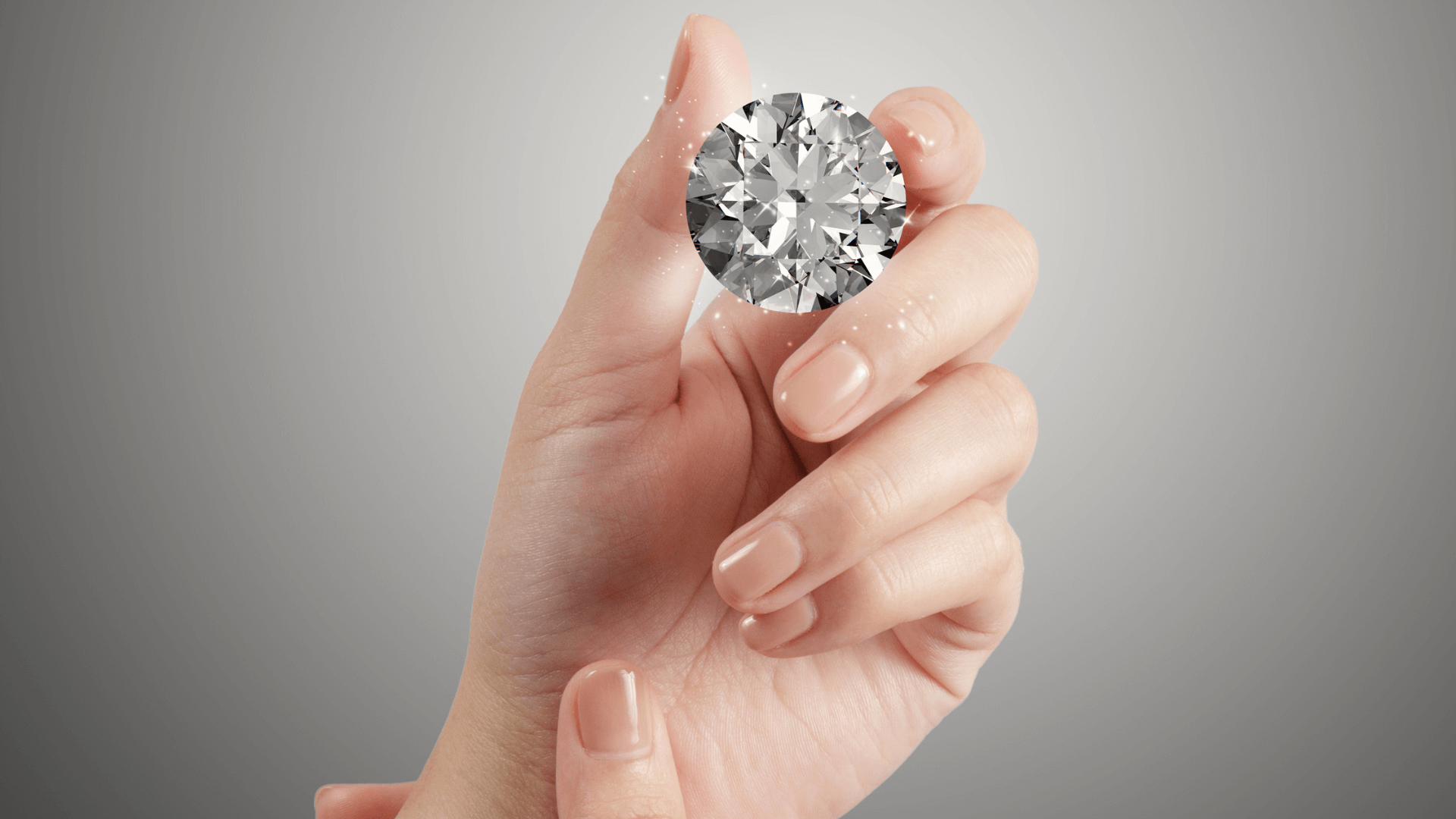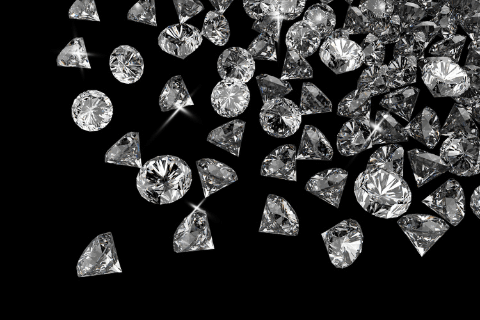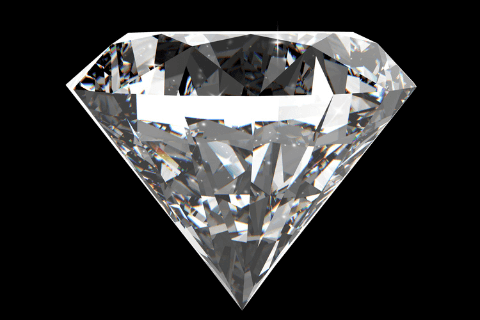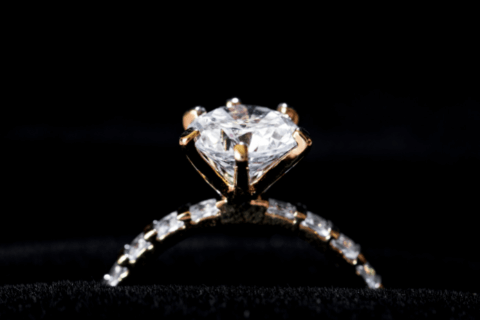Lab-grown diamonds can be GIA-certified. The Gemological Institute of America has been grading lab-grown diamonds since 2007.
Only expert gemologists can determine the quality of a diamond, and that is only after careful scrutiny using some of the most advanced tools and techniques.
The GIA is an authority in gemology and the world’s most trusted independent diamond testing lab. As such, when buying loose diamonds or diamond jewelry, people look for GIA-certified diamonds.
In this article, we’ll tell you more about the GIA certification and GIA-certified diamonds. Specifically, we’ll answer the following questions:
- What is GIA certification?
- What is a GIA-certified diamond?
- Does GIA grade lab-grown diamonds?
- What is GIA’s grading policy?
What is GIA Certification?
GIA certification describes the report that the Gemological Institute of America (GIA) issues for a diamond after the diamond has undergone the institute’s rigorous grading process.
The grading report describes the diamond’s characteristics, giving you relevant information about the diamond, such as its 4 C’s, proportions, symmetry, laser inscriptions, property of inclusions/ blemishes, etc.
The grading report also has a unique number for verifying that a diamond’s GIA certification is legit. That is, you can use the number to check the GIA database and call up the grading details of a diamond.
Know that the Gemological Institute of America (GIA) is the leading authority in gemology. The independent nonprofit organization created the 4C diamond grading standard, recognized worldwide as the standard for determining diamond quality.
What is a GIA Certified Diamond?
A GIA-certified diamond is simply a diamond that has been graded by the Gemological Institute of America and comes with its grading report.
The term “GIA certification” is a misnomer because the GIA does not “certify” a diamond’s value. The GIA gives an honest description of a diamond’s characteristics. The institute prefers to use “grading report” for the document it issues, not the word “certificate.”
Thus, though the term “GIA-certified” is used freely in the industry, it is pretty inaccurate.
With GIA being the most respected authority in diamond grading, a GIA grading report gives confidence about a diamond’s qualities. With a GIA report, you’ll know you are getting an honest and accurate representation of a diamond’s qualities.
Does GIA grade lab-grown diamonds?
GIA started grading lab-grown diamonds in 2007 and continues to grade these jewels to date.
The GIA grading report for lab-grown diamonds, just like the GIA grading report for natural diamonds, uses the 4 Cs grading system. It also shows the diamond’s proportions, a mapping of inclusions, and critical information like polish, symmetry, and fluorescence.
How GIA grading reports for lab-grown diamonds differ from GIA grading reports for natural diamonds
When GIA introduced these reports, there were various opinions about GIA “recognizing” lab-grown diamonds. So, GIA took several steps to make its grading reports for lab-grown diamonds distinct from those for natural diamonds.
Some of these steps are:
1. Clearly stating that the diamond is lab-grown.
The report’s title is LGDR meaning “Laboratory Grown Diamond Report.” The topics of the sections in the report also clearly state that the diamond is lab-grown (e.g., laboratory-grown diamond specifications).
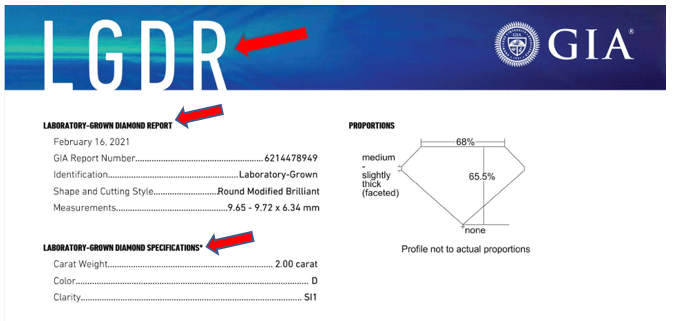
2. Using descriptive terms to identify color and clarity.
Initially, GIA lab-grown diamond reports did not use the “D – Z” color scale and the “FL – I3” clarity scale that GIA uses in grading reports for natural diamonds. Instead, it used descriptive terms to identify the color and clarity of graded lab-grown diamonds.
However, in recent times, there have been GIA grading reports for lab-grown diamonds that describe color and clarity specifications on the same scale as the grading reports for natural diamonds.
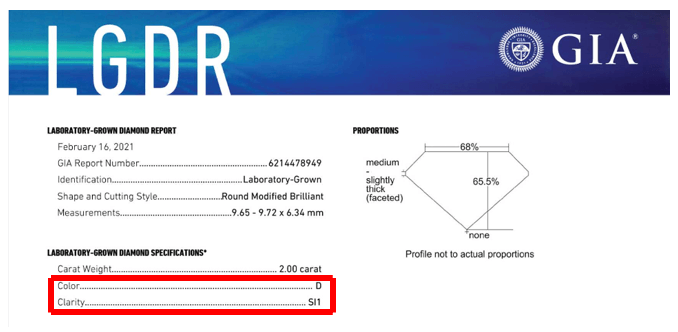
3. Stating how the diamond was made.
There are two ways of growing diamonds in the lab – CVD (Chemical Vapor Density) and HPHT (High Pressure High Temperature). Interestingly, lab-grown diamonds have specific characteristics that point to the method used in growing them in the lab.
In its grading reports for lab-grown diamonds, GIA states the particular method that was used in making the diamond. The comment will also include whether there is evidence of post-growth treatment to change the diamond’s color.
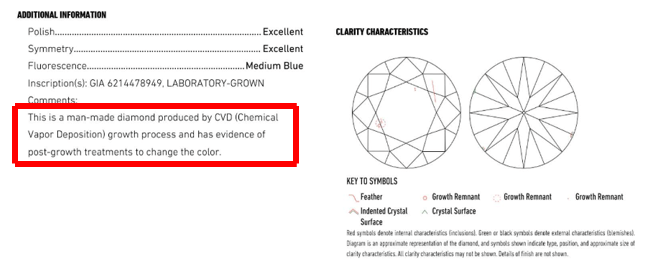
Does GIA recognize lab-grown diamonds?
To many people, GIA’s decision in 2007 to start grading lab-grown diamonds was a clear statement that it recognizes the jewels. If that statement wasn’t clear enough, GIA made a clearer statement in 2019 when it stopped using the term “synthetic” to describe lab-grown diamonds.
GIA has also clearly stated that lab-grown diamonds are real diamonds with the same chemical composition and crystal structure as diamonds created by nature. Lab-grown diamonds and natural diamonds also look the same to the untrained eye.
Lastly, the GIA has said that lab-grown diamonds and their natural counterparts differ the same way ice formed outside on a winter day and ice formed in your refrigerator differ.
What is GIA’s Grading Policy
GIA created the 4Cs, which is now the universal method of establishing the quality of any diamond. Every diamond that the GI grades is accessed according to the 4 Cs while taking some steps to ensure objectivity.
GIA 4 C Grading System
In GIA diamond grading, every diamond is assessed according to the 4 C’s – color, clarity, carat, and cut.
- Color scale. Color evaluation is based on the absence of color. That is, the more colorless a diamond is, the higher its color quality. The color scale ranges from D to Z (D – F are colorless, G – J are near colorless, K – M are faint, N – R are Very Faint, and S – Z are light).
- Clarity. Clarity evaluation is based on the absence of inclusions (internal birthmarks) and blemishes (external birthmarks). The clarity scale has 11 clarity grades in 6 categories – FL (flawless), IF (internally flawless), VVS (very, very slightly included), VS (very slightly included), SI (slightly included), and I (slightly included).
- Carat. The carat is how much the diamond weighs. A carat is 200 milligrams, and each carat is subdivided into 100 points, allowing for precise weight measurement (up to the 100th decimal point).
- Cut. The cut measures how well a diamond’s facet interacts with light. The GIA Cut scale has five (5) grades – Excellent, Very Good, Good, Fair, and Poor.
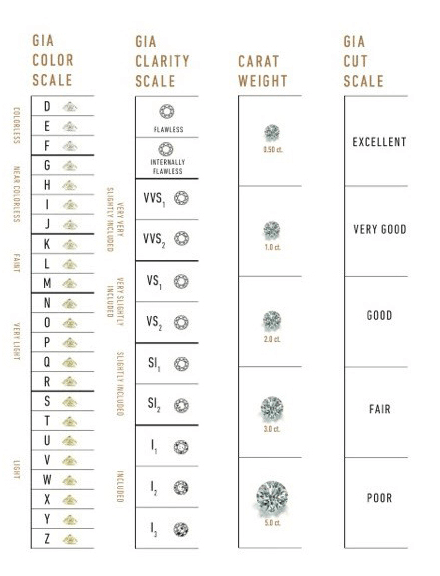
GIA 4 C Grading System Image
How GIA ensures objectivity when grading diamonds
Some of the steps that the GIA takes to ensure that every diamond submitted for grading is objectively graded are:
- Every diamond received is anonymized. When a diamond arrives at the lab, it is stored in a transparent case with no reference to its owner. The diamond is given a bar-coded label which is used to track it through the process.
- Multiple examiners. Each diamond is examined by a minimum of four (4) highly trained and experienced gemologists and diamond graders. Also, a more senior staff member independently examines and grades each diamond.
- Consensus. The different graders that independently examine a diamond must reach a level of agreement before the characteristics of established
- Random assignments. The diamonds are randomly distributed to graders for evaluation.
Conclusion
The GIA recognizes lab-grown diamonds as real diamonds and has been grading these precious stones since 2007. Like its grading of natural diamonds, GIA’s grading of lab-grown diamonds is based on the 4 Cs system.
For some of the highest quality lab-grown diamonds, backed by an equally reputable certification, Etika jewels should be your go-to shop. Our high-quality diamonds are set in 18k jewelry and come with a certificate from the International Gemological Institute.
